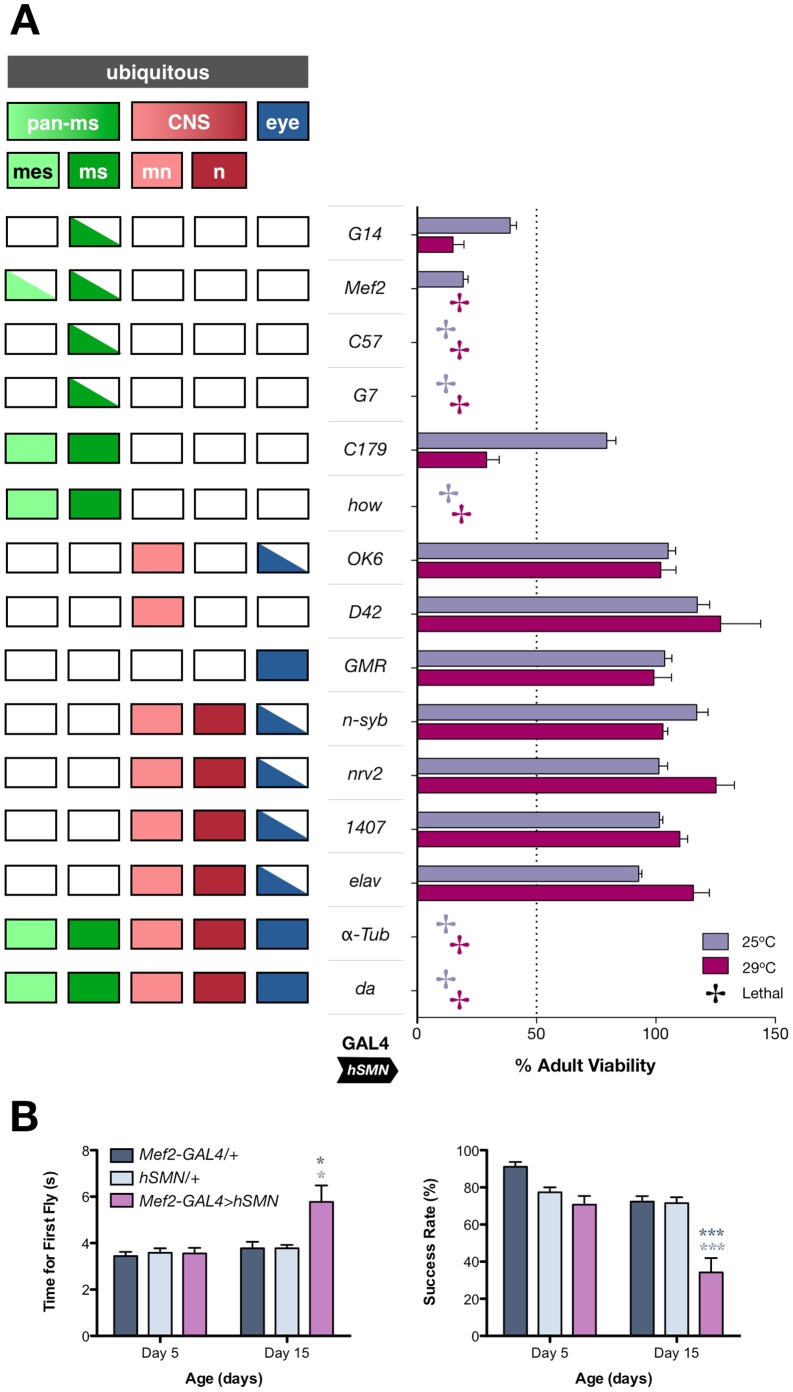Figure 3. Ectopic overexpression of hSMN in wild-type organisms affects viability and motor behaviour when restricted to muscle.
(A) Ubiquitous overexpression of hSMN in wild-type flies via α-Tub-GAL4 or da-GAL4 is lethal. Restricting hSMN overexpression to mesoderm and larval muscles (via how-GAL4, C179-GAL4 or Mef2-GAL4) or larval muscles alone (via G7-GAL4, C57-GAL4 and G14-GAL4), leads to lethality or a drastic reduction in viability. Fly viability remains unaffected when hSMN is overexpressed in all CNS neurons (via elav-GAL4, 1407-GAL4, nrv2-GAL4 or n-syb-GAL4) or when it is restricted only to motor neurons (via D42-GAL4 or OK6-GAL4) or eye (GMR-GAL4). Bar chart (right panel) show adult fly viability assayed at 25°C and 29°C, the latter resulting in enhanced GAL4 activity. Individual bars represent the mean viability ± S.E.M. of at least 4 independent experiments. Left panel shows the tissue expression pattern of all GAL4 drivers utilised. Abbreviations: pan-ms, pan-muscular; mes, mesoderm; ms, larval muscles; mn, motor neurons; n, all CNS neurons except motor neurons. (B) The climbing behaviour of flies with pan-muscular hSMN overexpression (Mef2-GAL4>hSMN) is significantly altered by day 15 post-eclosion compared to the control sample populations (Mef2-GAL4/+ or hSMN/+). Data presented are the mean ± S.E.M. and statistical significance (*p<0.05, and ***p<0.001) was determined for differences between the Mef2-GAL4>hSMN genotype and control genotypes, which are denoted by the respective colour.

